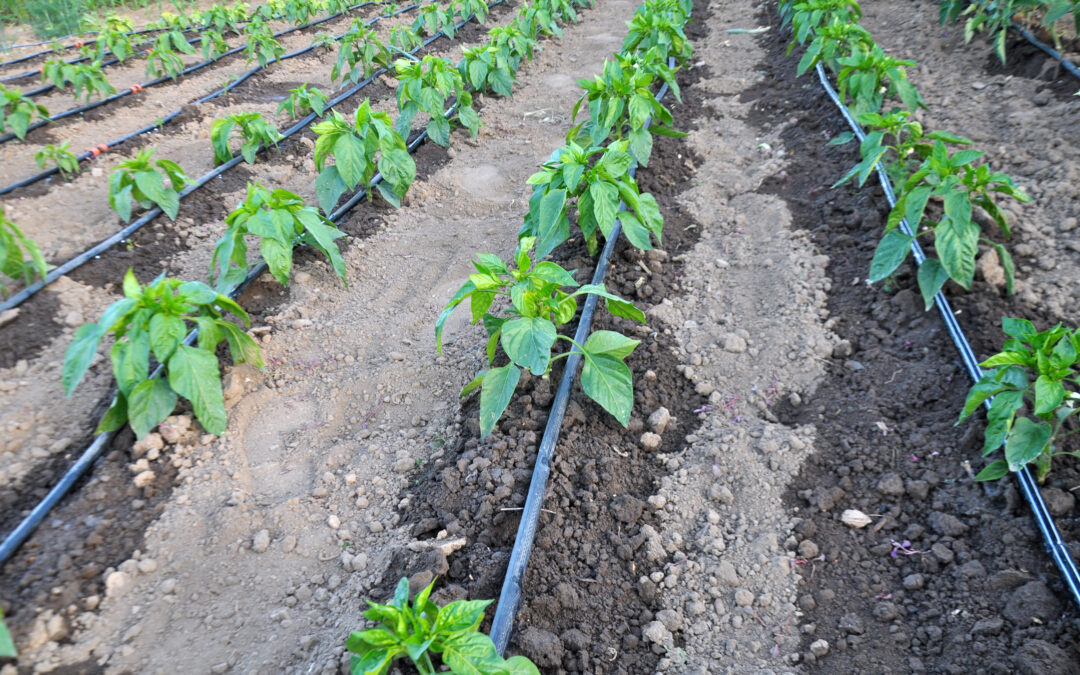By: William Le, Bodrul Babul, Derek Stanford
Inspiration
Our inspiration for this project is a desire to create a more efficient irrigation system to reduce water waste to help combat the effects of the ever present droughts present in California. We wanted to improve the workflow of farmers and everyday gardeners, with a solution that can be adapted to any environment.
What it does
SmartFarm Irrigation is an automated irrigation system for plants that utilizes sensors to monitor weather conditions and the soil moisture content. The system can be programmed with a schedule to ensure that plants receive the correct amount of water at appropriate times, maximizing plant growth and minimizing water waste. They can also use external information, such as weather forecasting to further reduce water use, such as in the case of rain. All units can be controlled from a single source or independently.
How we built it
We built this solution using an Arduino-based board, which allowed us to drive motors that simulate pumps and react to collected data. Each system is self-sustainable, only requiring a source of water and power, and an optional data connection. We also planned a mobile application to monitor and control the irrigation units remotely, which we have designed in Figma. However, we did not have time to develop a full application for demoing.
Challenges we ran into
We ran into many challenges. For one, we discovered many issues when driving our motors, as our controller board was not communicating with our motor drivers with no solution available on the internet due to the board being designed for a completely different use. When we did eventually get our motors to spin, we couldn’t run the pumps we 3D printed due to a lack of supplies and tools causing the pumps to self destruct when turned on. Another problem with only being able to use parts we already had is that when it came to building a physical model, it is not as sturdy as we would have liked, even requiring the use of mayonnaise packets to dampen motor vibrations to prevent a loud droning noise while the motors were turned on.
Accomplishments that we’re proud of
As this was our first time developing a full-on hardware-based project, let alone during a short event like a hackathon. We are proud with what we came up. With minimal experience with writing code for Arduino from scratch, let alone on a system designed for a specialized purpose different from our needs, we were able to pull off working code. Another accomplishment is managing to debug and wire boards without all the electrical equipment and components we normally would have in a workshop. A major accomplishment is being able to make a working moisture sensor out of materials commonly found materials. We made several compromises to deliver a product with our skill set and limitations, even going as far to incorporate complementary packets of mayonnaise in our demo model.
What we learned
We learned many things, including but not limited to driving a stepper motor using hardware and software that is unfamiliar to us as well as how to make a working soil moisture sensor with common household materials. We also learned how to design an easy to read and use UIUX system prototype with Figma to help communicate our vision and ideas.
What’s next for SmartFarm Irrigation
A more refined demo model and a working application to interface with the hardware remotely.

